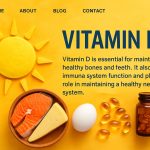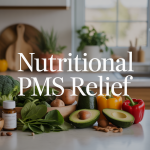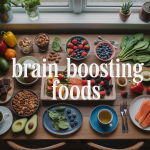You might think you’re eating healthy, but hidden sugars in your diet could be sabotaging your wellness goals without you even knowing it. This guide is for health-conscious adults, parents managing family nutrition, and anyone trying to reduce their sugar intake but struggling to identify where excess sweeteners lurk in everyday foods.
Sugar doesn’t just hide in obvious places like cookies and candy. Food manufacturers use dozens of different names for sugar, making it nearly impossible to spot on ingredient lists. Even foods marketed as “healthy” or “natural” can contain shocking amounts of added sweeteners.
We’ll show you how to decode food labels and recognize sugar’s many disguises, from high fructose corn syrup to brown rice syrup. You’ll discover which seemingly innocent foods pack the biggest hidden sugar punches – some might surprise you. Finally, you’ll learn practical shopping strategies to avoid these sugar traps and take control of your daily intake.
Understanding Different Types of Hidden Sugars
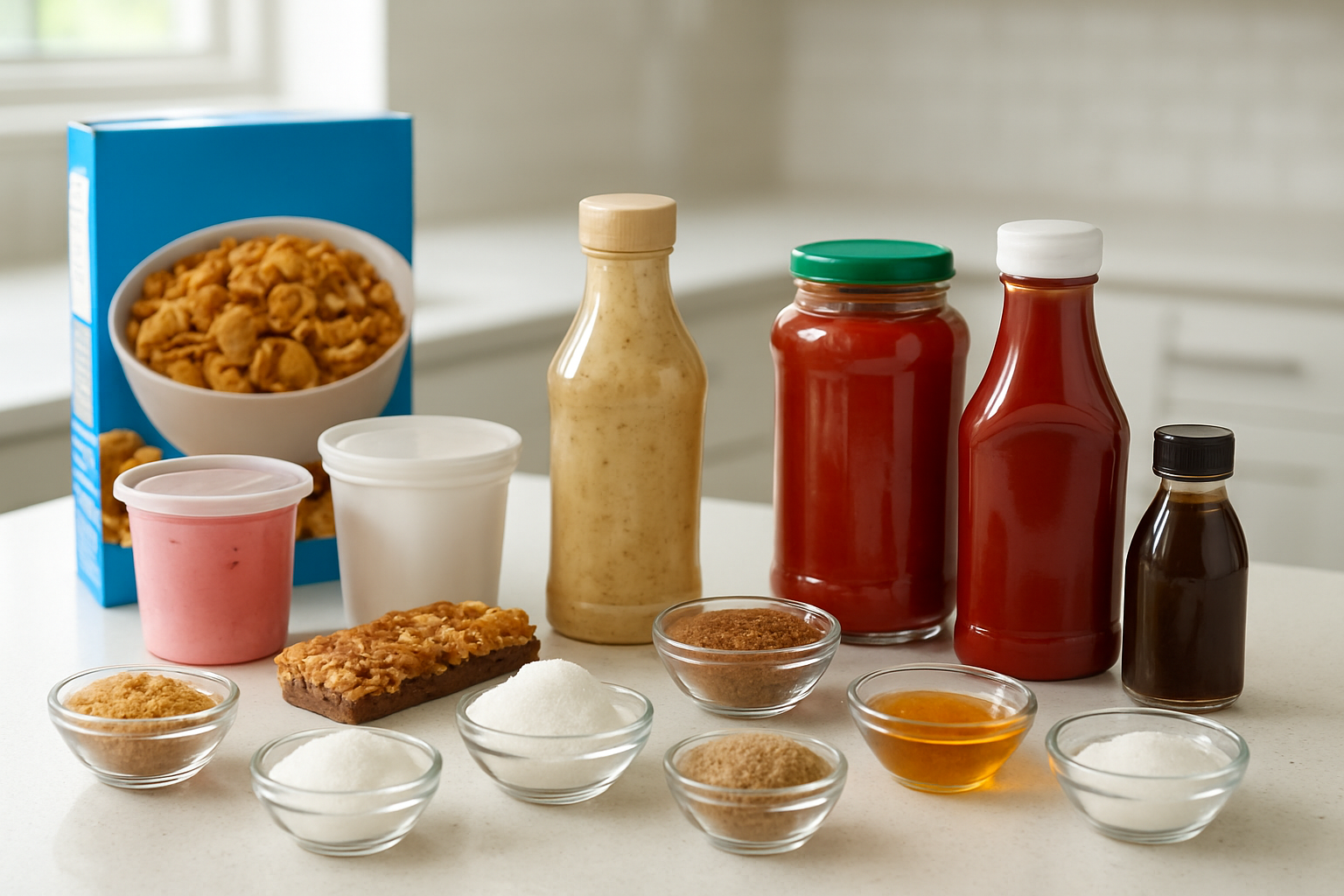
Natural vs. Artificial Sweeteners in Processed Foods
Food manufacturers cleverly blend natural and artificial sweeteners to create products that taste sweet while appearing healthier on labels. Natural sweeteners like honey, maple syrup, and agave nectar sound wholesome, but they still spike blood sugar levels just like regular sugar. Your body processes these “natural” options similarly to white sugar, breaking them down into glucose and fructose.
Artificial sweeteners present their own challenges. Aspartame, sucralose, and acesulfame potassium don’t contain calories, but they can trigger cravings for more sweet foods. Many processed foods combine both types – using a small amount of honey for marketing appeal while relying on artificial sweeteners for the bulk of sweetness.
Check ingredient lists carefully. Products marketed as “naturally sweetened” often contain multiple sweetener types, creating a complex sugar profile that’s harder to track in your daily intake.
Complex Sugar Molecules That Disguise Themselves
Food labels hide sugars behind scientific names that most people don’t recognize. Maltodextrin sounds like a harmless additive, but it’s actually a highly processed carbohydrate that raises blood sugar faster than table sugar. Dextrose, another common ingredient, is simply glucose in disguise.
Brown rice syrup appears healthy due to its whole grain association, but it’s essentially concentrated glucose with a higher glycemic index than regular sugar. Similarly, barley malt extract and rice malt syrup are refined sugar sources masquerading as wholesome ingredients.
| Hidden Sugar Name | What It Really Is | Common Foods |
|---|---|---|
| Maltodextrin | Fast-absorbing glucose | Sports drinks, protein bars |
| Dextrose | Pure glucose | Baked goods, candies |
| Brown rice syrup | Concentrated glucose | Health bars, cereals |
| Barley malt extract | Refined sugar syrup | Breads, crackers |
Sugar Alcohols and Their Unexpected Sources
Sugar alcohols like sorbitol, xylitol, and erythritol appear in unexpected places beyond sugar-free gum and diet foods. Many “healthy” protein bars, low-carb breads, and even some medications contain these sweeteners. While they provide fewer calories than regular sugar, they still affect blood glucose levels, especially in sensitive individuals.
Xylitol shows up in toothpaste, vitamins, and children’s medications due to its dental benefits, but consuming large amounts can cause digestive issues. Sorbitol naturally occurs in stone fruits like peaches and plums, but processed foods often add synthetic versions that concentrate these effects.
Watch for products labeled “sugar-free” or “no added sugar” – they frequently rely on sugar alcohols to maintain sweetness. Your digestive system may not handle large quantities well, leading to bloating and discomfort.
Fruit Concentrates and Their Misleading Health Claims
Fruit juice concentrates rank among the most deceptive sugar sources in processed foods. Apple juice concentrate, white grape juice concentrate, and pear juice concentrate are essentially sugar syrups stripped of fiber and most nutrients. Food manufacturers love these ingredients because they can claim “no added sugar” while still creating intensely sweet products.
The concentration process removes water and fiber, leaving behind concentrated fructose that hits your bloodstream quickly. A tablespoon of apple juice concentrate contains roughly the same sugar as a tablespoon of corn syrup, but with better marketing appeal.
Dried fruit pastes and purees fall into this same category. Date paste, fig paste, and raisin paste concentrate natural fruit sugars without the beneficial fiber found in whole fruits. These ingredients frequently appear in “health” foods, granola bars, and organic snacks, creating an illusion of nutritional value while delivering significant sugar loads.
Even “100% fruit” products often combine multiple fruit concentrates to achieve desired sweetness levels, making it difficult to assess actual sugar content from the ingredient list alone.
Decoding Food Labels to Spot Sugar Disguises
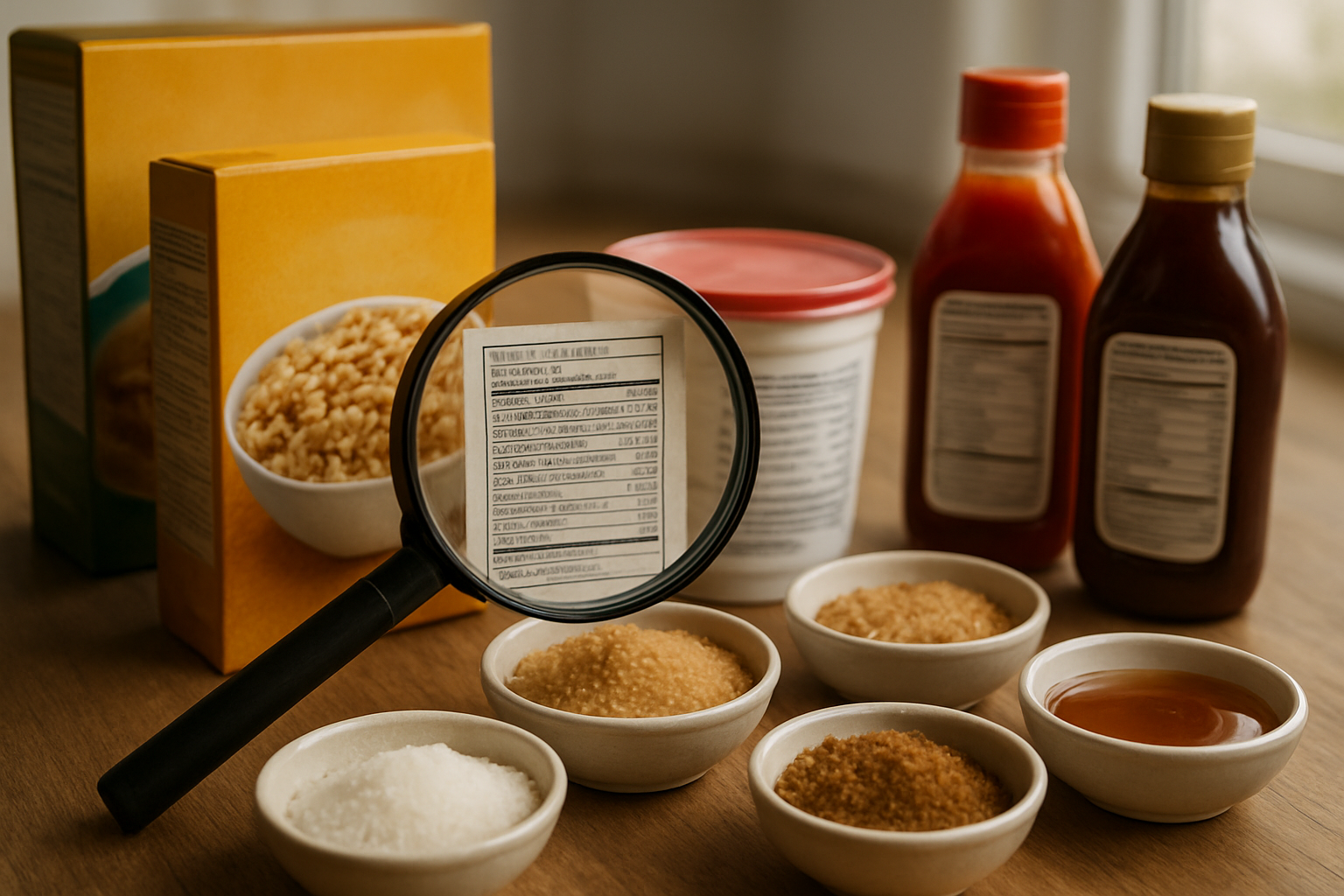
Reading ingredient lists like a nutrition detective
Food manufacturers know exactly what they’re doing when they design their labels. They want their products to fly off the shelves, and sugar sells. Your job as a savvy consumer is to become a detective who can spot their tricks.
Start by flipping that package over and looking at the ingredient list—not just the nutrition facts panel. This is where the real story unfolds. Companies are required by law to list ingredients in descending order by weight, which means you can get a pretty good picture of what you’re actually eating.
Look for multiple sugar sources scattered throughout the list. This is a classic move called “ingredient splitting.” Instead of listing one type of sugar that might appear as the second ingredient, manufacturers will use three or four different sweeteners that each appear lower on the list. Your brain sees “organic cane juice” in position 8 and thinks it’s no big deal, but when you add it to the “brown rice syrup” in position 5 and the “evaporated cane juice” in position 12, suddenly you’re looking at a product that’s mostly sugar.
Pay special attention to anything ending in “-ose.” These are dead giveaways for sugar compounds. Dextrose, maltose, sucrose—they’re all sugar wearing different masks.
Recognizing over 50 different names for sugar
The sugar industry has gotten incredibly creative with naming their products, and food manufacturers love using these alternative names because they sound healthier or more natural than plain old “sugar.” Here’s your cheat sheet for the most common sugar aliases you’ll encounter:
The “Natural” Sounding Sugars:
- Agave nectar
- Coconut sugar
- Date syrup
- Maple syrup
- Honey
- Molasses
- Raw sugar
- Turbinado sugar
The Scientific-Sounding Ones:
- Dextrose
- Fructose
- Glucose
- Lactose
- Maltose
- Sucrose
- Galactose
The Sneaky Syrups:
- Brown rice syrup
- Corn syrup
- High fructose corn syrup
- Malt syrup
- Barley malt syrup
- Golden syrup
- Invert syrup
The Fruit Juice Tricks:
- Apple juice concentrate
- Grape juice concentrate
- White grape juice concentrate
- Fruit juice concentrates
Don’t let the word “concentrate” fool you—when fruit juice gets concentrated, most of the nutrients disappear, leaving behind what’s essentially liquid sugar. Companies love using these because they can claim their product contains “real fruit” when it’s really just another form of added sugar.
Some of the trickiest names include things like “evaporated cane juice” (it’s sugar), “dehydrated cane juice” (still sugar), and “crystalline fructose” (yep, sugar). Even “organic” versions of these sweeteners are still sugar at the end of the day.
Understanding the order of ingredients and sugar content
The ingredient order tells a story that manufacturers don’t always want you to read clearly. Ingredients are listed by weight, from heaviest to lightest, but there are ways companies game this system.
When sugar appears in the first three ingredients, you’re looking at a product where sugar is one of the main components. That granola bar might list oats first, but if sugar is second, you’re basically eating sweetened oats with some extras thrown in.
Watch out for the ingredient splitting trick we mentioned earlier. A cereal might list “whole grain wheat” first, followed by “salt,” “natural flavor,” and then separately list “sugar,” “corn syrup,” and “honey.” If you combined all those sweeteners, they might actually outweigh the wheat.
Here’s a practical tip: if you see more than one type of sugar in the ingredient list, start adding up their positions. If there are three different sugars listed as ingredients 4, 7, and 9, there’s a good chance that if combined, they’d land in the top three ingredients.
The 5-ingredient rule is your friend. If a product has more than 5 ingredients, and several of them are different types of sugar, put it back on the shelf. Your great-grandmother probably wouldn’t recognize half the ingredients anyway, which is usually a red flag.
Remember that even products marketed as “healthy” or “natural” can be sugar bombs. Those organic fruit snacks? Check the ingredients. That protein bar? Look closer. Just because something sits in the health food aisle doesn’t mean it’s free from hidden sugars.
Surprising Foods That Pack Hidden Sugar Punches
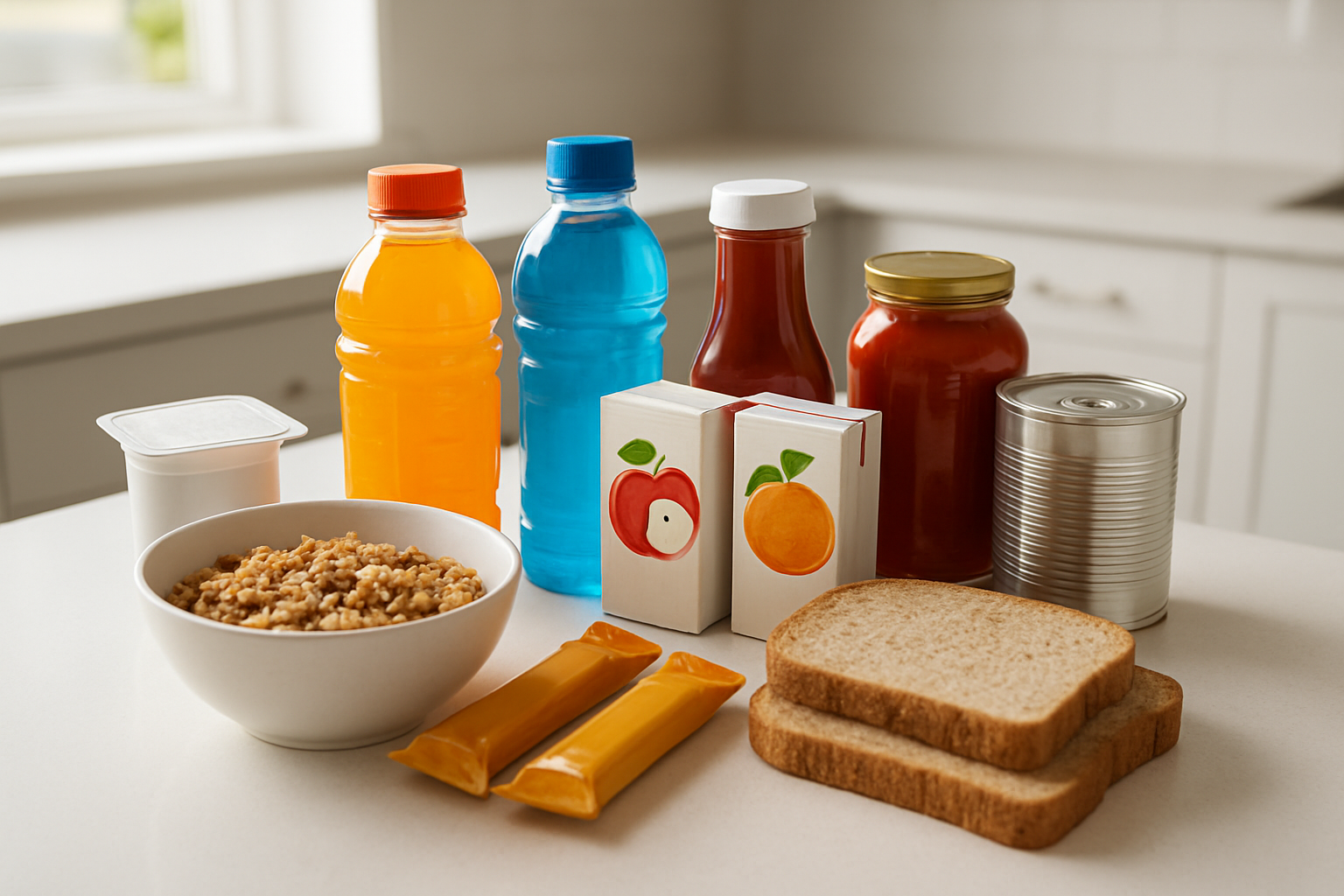
Savory sauces and condiments loaded with sweeteners
Your favorite stir-fry sauce might be sabotaging your sugar goals without you even realizing it. A single tablespoon of teriyaki sauce can pack 3-4 grams of sugar, while sweet and sour sauce delivers a whopping 7 grams. Ketchup, America’s beloved condiment, contains about 4 grams of sugar per tablespoon – that’s nearly a full teaspoon of sugar on your burger.
Barbecue sauce takes the crown with some varieties containing up to 12 grams of sugar in just two tablespoons. Even seemingly innocent salad dressings like honey mustard or balsamic vinaigrette can add 2-6 grams of sugar to your healthy salad. Asian sauces like hoisin and duck sauce are particularly sneaky offenders, often containing more sugar than many dessert toppings.
| Condiment | Serving Size | Sugar Content |
|---|---|---|
| BBQ Sauce | 2 tbsp | 8-12g |
| Teriyaki Sauce | 1 tbsp | 3-4g |
| Sweet & Sour | 1 tbsp | 7g |
| Ketchup | 1 tbsp | 4g |
| Honey Mustard | 1 tbsp | 2-3g |
Breakfast cereals marketed as healthy options
Those morning bowls marketed as nutritious starts to your day often hide shocking sugar loads. Granola cereals, despite their wholesome image, frequently contain 10-15 grams of sugar per serving. Many “heart-healthy” whole grain cereals pack 8-12 grams of sugar, rivaling candy bars in sweetness.
Flavored oatmeal packets are particularly deceptive. A single packet of maple brown sugar oatmeal delivers 12-13 grams of sugar, while plain oats contain zero added sugars. Protein cereals and “fitness” cereals marketed to active adults often compensate for bland flavors with hefty sugar additions, sometimes containing 8-10 grams per serving.
Even cereals labeled “lightly sweetened” or “reduced sugar” can contain 6-8 grams per serving. Muesli, often perceived as the healthiest option, frequently includes dried fruits and sweeteners that push sugar content to 8-10 grams per serving.
Protein bars and fitness foods with sugar overload
The fitness aisle presents a sugar minefield disguised as health food. Many protein bars contain 15-25 grams of sugar – equivalent to eating a candy bar after your workout. Energy bars, despite promising sustained energy, often rely on sugar spikes from dates, honey, and added sweeteners.
Sports drinks marketed for hydration can contain 21-34 grams of sugar per 20-ounce bottle. Protein shakes and meal replacement drinks frequently hide 10-20 grams of sugar behind health claims. Flavored Greek yogurts, staples of fitness diets, can pack 15-20 grams of sugar per container.
Pre-workout supplements and energy drinks compound the problem, often containing 25-35 grams of sugar alongside caffeine. Recovery drinks marketed for post-exercise consumption regularly exceed 30 grams of sugar per serving.
Low-fat products compensating with added sugars
When manufacturers remove fat, they typically add sugar to maintain palatability. Low-fat yogurt contains significantly more sugar than full-fat versions – sometimes double the amount. A container of low-fat vanilla yogurt can contain 20-25 grams of sugar, while plain full-fat yogurt has only natural milk sugars.
Low-fat salad dressings compensate for reduced flavor with sugar additions, often containing 3-5 grams per serving compared to 0-1 grams in full-fat versions. Reduced-fat peanut butter adds 2-3 grams of sugar per serving, while natural versions contain none.
Low-fat granola bars, crackers, and baked goods follow this pattern, replacing satisfying fats with sugar-based flavor enhancers. Even low-fat milk alternatives like flavored almond or oat milk can contain 7-16 grams of added sugars per cup, turning a simple beverage into a sugar delivery system.
Calculate Your Daily Hidden Sugar Intake
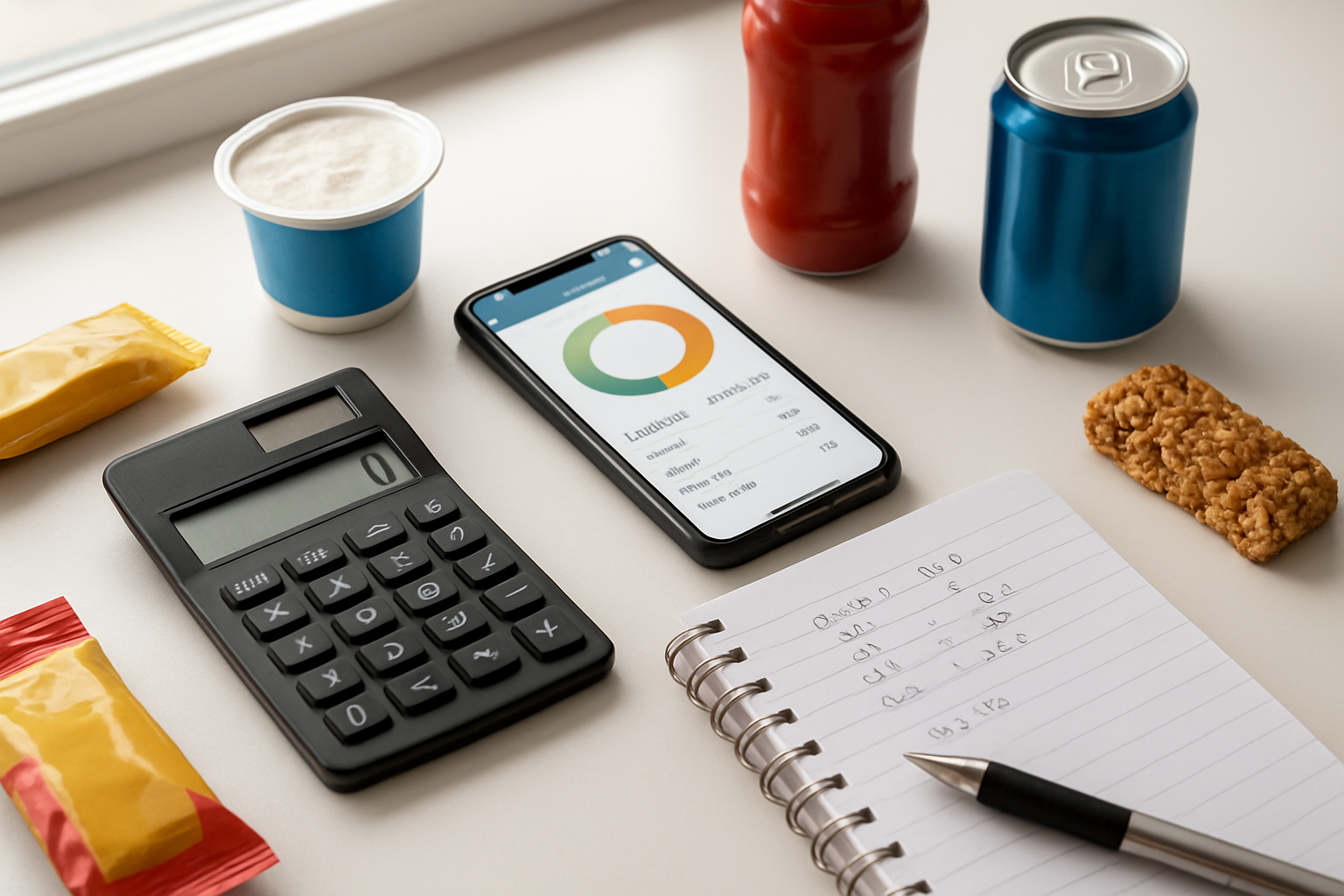
Using apps and tools to track sugar consumption
Digital tracking tools transform sugar monitoring from guesswork into precise measurement. MyFitnessPal leads the pack with its extensive food database containing over 14 million items, automatically calculating hidden sugars from processed foods. The app’s barcode scanner instantly pulls up nutritional information, revealing sugar content in products you might not suspect.
Cronometer offers more detailed micronutrient tracking, breaking down different sugar types including added sugars versus naturally occurring ones. This distinction helps you understand whether your sugar spike comes from an apple or a granola bar. Lose It! provides visual progress charts showing daily sugar trends over weeks and months.
For iPhone users, the built-in Health app syncs with multiple food tracking applications, creating a comprehensive picture of your eating patterns. Android users can leverage Google Fit’s nutrition tracking features, which integrate seamlessly with popular diet apps.
Smart shopping apps like Fooducate and HowMuchSugar scan barcodes in real-time, instantly alerting you to high sugar content before items hit your cart. These tools grade foods based on sugar content and suggest healthier alternatives on the spot.
Converting grams to teaspoons for better visualization
Numbers on nutrition labels feel abstract until you translate them into familiar measurements. The magic conversion: 4 grams of sugar equals 1 teaspoon. This simple math transforms confusing label information into tangible understanding.
A 20-ounce soda containing 65 grams of sugar becomes 16.25 teaspoons – picture that mountain of sugar on your kitchen counter. Suddenly, that innocent-looking beverage reveals its true impact. A single flavored yogurt with 26 grams of sugar equals 6.5 teaspoons, more than most people add to their morning coffee.
Create visual references using measuring spoons. Lay out the actual teaspoons of sugar next to common foods to build lasting mental images. When you see “12 grams” on a granola bar label, you’ll instantly picture 3 teaspoons of sugar.
| Food Item | Sugar (grams) | Teaspoons | Visual Equivalent |
|---|---|---|---|
| Regular soda (12 oz) | 39g | 9.75 tsp | Nearly 10 sugar packets |
| Flavored yogurt | 26g | 6.5 tsp | More than coffee sweetener |
| Granola bar | 12g | 3 tsp | Standard coffee sugar amount |
| Ketchup (2 tbsp) | 8g | 2 tsp | Two sugar cubes |
This conversion method works especially well when teaching children about sugar content, making abstract nutrition labels concrete and memorable.
Identifying your personal sugar intake patterns
Pattern recognition reveals when and why sugar consumption spikes in your routine. Track not just what you eat, but when you eat it and your emotional state. Most people discover surprising trends after monitoring for just one week.
Morning patterns often show hidden sugar bombs in seemingly healthy breakfast choices. That “whole grain” cereal might deliver 12 grams of sugar before 8 AM. Afternoon energy dips frequently trigger sugar-seeking behavior, leading to vending machine visits or coffee shop pastries.
Evening patterns reveal stress-eating tendencies. Many people unconsciously reach for sugary snacks while watching TV or working late. Weekend patterns typically differ dramatically from weekdays, with restaurant meals and social eating adding unexpected sugar loads.
Create a simple tracking chart noting:
- Time of consumption
- Food/drink item
- Sugar content (in teaspoons)
- Emotional state (stressed, happy, bored, hungry)
- Location (home, office, restaurant, car)
After two weeks, clear patterns emerge. You might discover that work stress drives afternoon cookie cravings, or that Sunday brunches contribute 40% of your weekly sugar intake. Some people find their sugar consumption doubles during social situations, while others eat more sugar when eating alone.
Use these insights to create targeted strategies. If office vending machines trigger afternoon sugar binges, pack protein-rich snacks. If weekend restaurant visits spike your intake, research menu options beforehand or eat a small protein snack before leaving home.
Smart Shopping Strategies to Avoid Sugar Traps

Choosing whole foods over processed alternatives
Whole foods are your secret weapon against hidden sugar consumption. Fresh fruits, vegetables, lean meats, fish, nuts, seeds, and whole grains naturally contain minimal added sugars compared to their processed counterparts. When you pick up an apple instead of apple juice, you’re getting fiber that helps slow sugar absorption, while the juice concentrates all the sugars without the beneficial nutrients.
The transformation from whole food to processed product often involves adding multiple types of sugar to enhance flavor, extend shelf life, and improve texture. A fresh chicken breast contains zero added sugars, but pre-marinated chicken can hide high fructose corn syrup, dextrose, and maltodextrin in the seasoning blend.
Start by dedicating 80% of your shopping cart to single-ingredient foods. These items don’t require ingredient lists because they are the ingredient. When you do choose processed options, look for products with fewer than five ingredients, all of which you can pronounce and recognize as real food.
Shopping the perimeter of grocery stores effectively
Most grocery stores follow a similar layout pattern that works in your favor. The perimeter houses fresh produce, dairy, meat, and seafood – areas with the least processed foods and hidden sugars. The interior aisles contain packaged, canned, and processed foods where sugar manufacturers excel at disguising sweeteners.
Begin every shopping trip in the produce section and spend the majority of your time there. Fill at least half your cart before venturing into the center aisles. This strategy naturally limits your exposure to sugar-heavy processed foods while ensuring you have plenty of nutrient-dense options at home.
When you do navigate the interior aisles, shop with purpose. Create specific routes to avoid wandering past tempting displays of sugar-loaded snacks and cereals. Many stores place their highest-sugar items at eye level and near checkout counters – areas you can easily avoid with intentional shopping patterns.
Reading nutrition facts panels before ingredient lists
The nutrition facts panel provides crucial quantitative data that ingredient lists can’t match. Check the “Total Sugars” line first, which includes both naturally occurring and added sugars. Then look at “Added Sugars” – this line specifically identifies sugars that manufacturers added during processing.
Pay attention to serving sizes when evaluating sugar content. A product might seem reasonable with 8 grams of sugar per serving, but if the serving size is unrealistically small and you’d typically consume three servings, you’re actually getting 24 grams of sugar.
Compare similar products side-by-side using the nutrition panels. Two brands of pasta sauce might have identical ingredient lists, but one could contain twice the sugar content of the other. The numbers don’t lie, even when marketing claims try to confuse you with terms like “natural” or “no artificial sweeteners.”
Building a sugar-conscious meal planning system
Effective meal planning removes the guesswork from daily food decisions and reduces impulse purchases of high-sugar convenience foods. Start by planning meals around whole food proteins and vegetables, then add minimal processed components.
Batch cooking becomes your time-saving ally. Prepare large quantities of unsweetened basics like roasted vegetables, grilled proteins, and whole grains on weekends. Having these components ready makes it easy to assemble quick meals without reaching for sugar-laden shortcuts during busy weekdays.
Create theme nights to simplify planning: Meatless Monday with legume-based meals, Taco Tuesday with homemade seasonings, Fresh Friday featuring seasonal produce. This structure prevents decision fatigue while ensuring variety in your diet.
Design backup meal options for particularly hectic days. Keep ingredients for three simple, low-sugar meals always stocked: eggs and vegetables for scrambles, canned fish and greens for salads, or frozen vegetables and proteins for stir-fries.
Creating a personalized low-sugar grocery list
Develop a master grocery list organized by store sections to streamline shopping and reduce forgotten items that lead to last-minute sugar-heavy purchases. Start with a foundation of staples that form the backbone of healthy, low-sugar eating.
Protein sources: Fresh fish, poultry, eggs, plain Greek yogurt, unsweetened plant-based proteins, nuts, seeds, and legumes.
Produce priorities: Focus on non-starchy vegetables, herbs for flavoring, and moderate amounts of whole fruits rather than fruit products.
Pantry essentials: Olive oil, vinegars, whole grain flours, unsweetened spices and herbs, plain oats, and quinoa.
Customize your list based on your family’s preferences and cooking style. If you bake frequently, stock alternative sweeteners like dates or stevia. If you love salads, prioritize variety in greens and vegetables.
Keep a running list on your phone for items you run out of during the week. This prevents those dangerous “quick trips” to the store where you’re more likely to grab convenient, processed options loaded with hidden sugars.
Review and update your master list monthly, removing items you consistently don’t use and adding new discoveries that support your low-sugar goals.
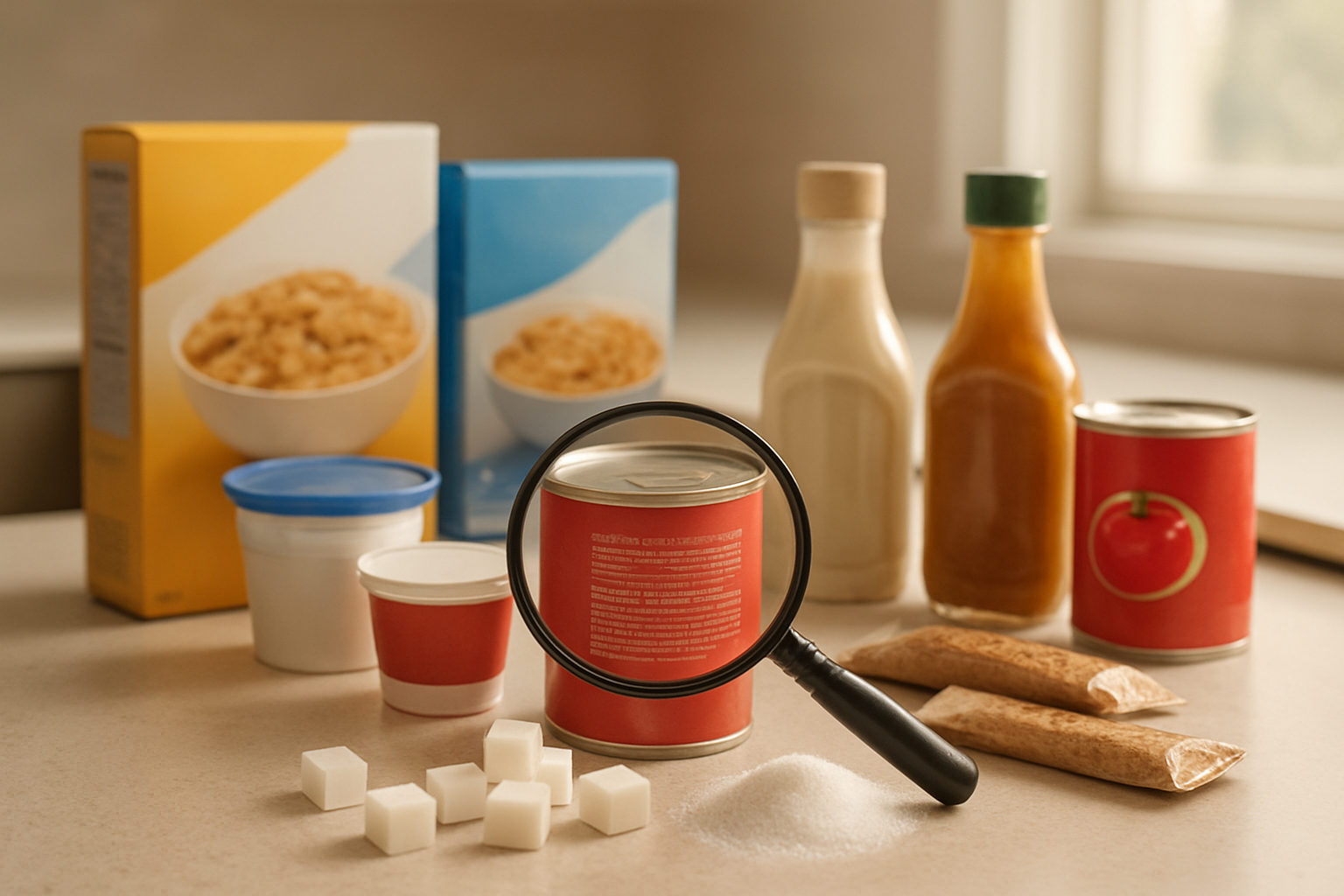
Those sneaky sugars hiding in your everyday foods can really add up fast. From fancy names like “evaporated cane juice” on ingredient lists to sugar bombs disguised as healthy granola bars, these hidden culprits are everywhere. Learning to read labels like a pro and knowing which foods to watch out for puts you back in the driver’s seat of your health.
Start checking those ingredient lists today and keep track of how much sugar you’re really eating. Your body will thank you when you swap out those sugar-loaded “health” foods for genuinely nutritious options. Small changes in your shopping habits can make a huge difference in how you feel every day.
